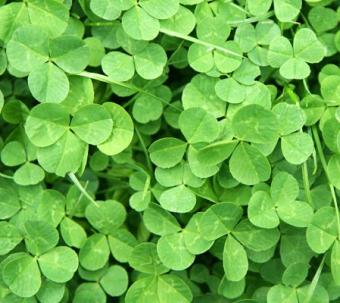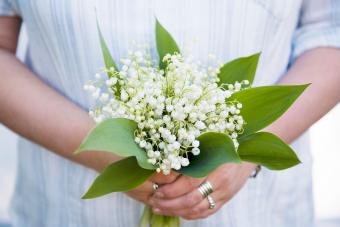Lawn Weeds

Overgrown lawn; used under license from Istockphoto.
Dandelions

Dandelions; used under license from Istockphoto.
Thistle

Canadian thistle; used under license from Istockphoto.
Foxtail Grass

Foxtails; used under license from Istockphoto.
Ragweed

Ragweed; used under license from Istockphoto.
White Clover

Clover; used under license from Istockphoto.
Star-of-Bethlehem

Star of Bethlehem; used under license from Istockphoto.
Henbit

Henbit; used under license from Istockphoto.
Chickweed

Chickweed; used under license from Istockphoto.
Wild Onion

Wild onion flower; used under license from Istockphoto.
Morning Glory

Morning glory; used under license from Istockphoto.
Mushrooms

Toadstool; used under license from Istockphoto.
Wood Sorrel

Wood sorrel; used under license from Istockphoto.
Poison Ivy

Poison ivy; used under license from Istockphoto.
Healthy Lawn

Green grass; used under license from Istockphoto.







